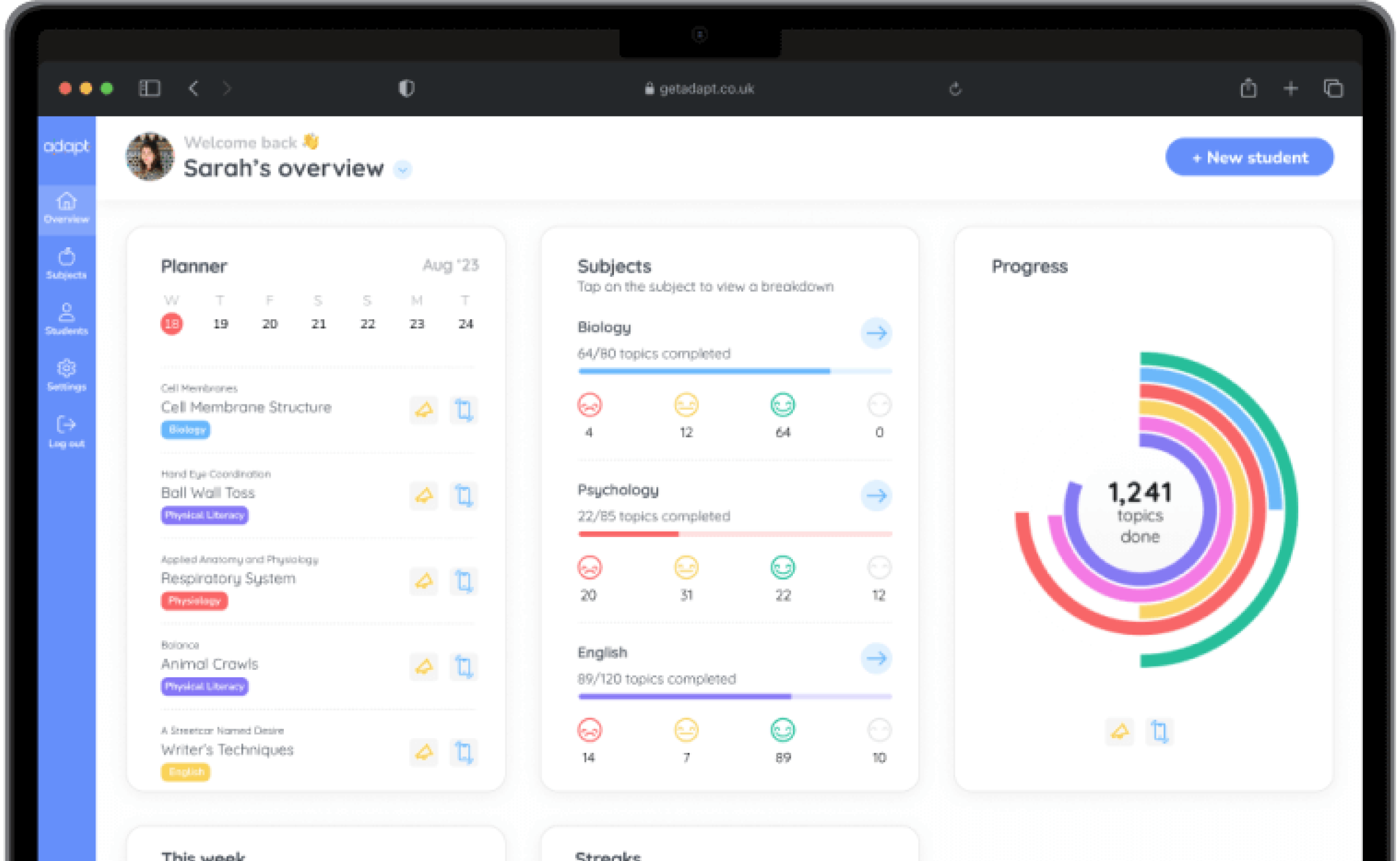Business Managment
Business organization and environment
Introduction to business management
🤓 Study
📖 Quiz
Play audio lesson
Introduction to business management
Introduction to Business Management
Key Concepts
• Business organization: Refers to how a business is structured and managed. Includes sole traders, partnerships, corporations, and public limited companies.
• Business Environment: The factors that affect the operation and decision-making of a business, including Social, Technological, Economic, Environmental, Political, Legal and Ethical (STEEPLE).
• Stakeholders: Individuals or groups with interest in the business, e.g. employees, shareholders, customers, suppliers, and competitors.
Basic Principles
• Entrepreneurship: The process of starting, organizing, managing, and assuming the responsibility for a business.
• Management Roles: Include planning, organising, leading and controlling resources to achieve organisational goals.
• Business Functions: Core areas of business activity, such as Human Resources, Finance, Marketing, and Operations.
• Ethics in Business: Guiding principles that help define what is right or wrong in a business setting. Business ethics influence how a company makes decisions and conducts activities.
Business Organization
• Sole Traders: Individuals who own and run their own business. They have unlimited liability.
• Partnerships: Businesses owned by two or more people who share the management and financial risk.
• Companies/Corporations: Businesses owned by shareholders and run by directors. Shareholders have limited liability.
Business Environment
• Social Factors: Include societal trends, demographic changes, and lifestyle changes that impact businesses.
• Technological Factors: Include advancements in technology that can influence business strategies like marketing, production, and distribution.
• Economic Factors: Factors such as inflation, unemployment, exchange rates, and economic growth that can impact a business.
• Environmental Factors: Include climate change, waste disposal, and sustainability concerns that influence business decisions.
• Political Factors: Include government policies, regulations, and political stability that can affect businesses.
• Legal Factors: Include laws and regulations that businesses must comply with, such as health and safety, employment, and consumer protection laws.
• Ethical Factors: Might include labor practices, environmental practices, and how the business interacts with stakeholders.
Stakeholders
• Internal Stakeholders: People within the business such as employees and managers.
• External Stakeholders: People or groups outside the business, such as customers, suppliers, the local community, and competitors.
• Expectations of Stakeholders: Different stakeholders have different expectations. These expectations need to be effectively managed by the business.





